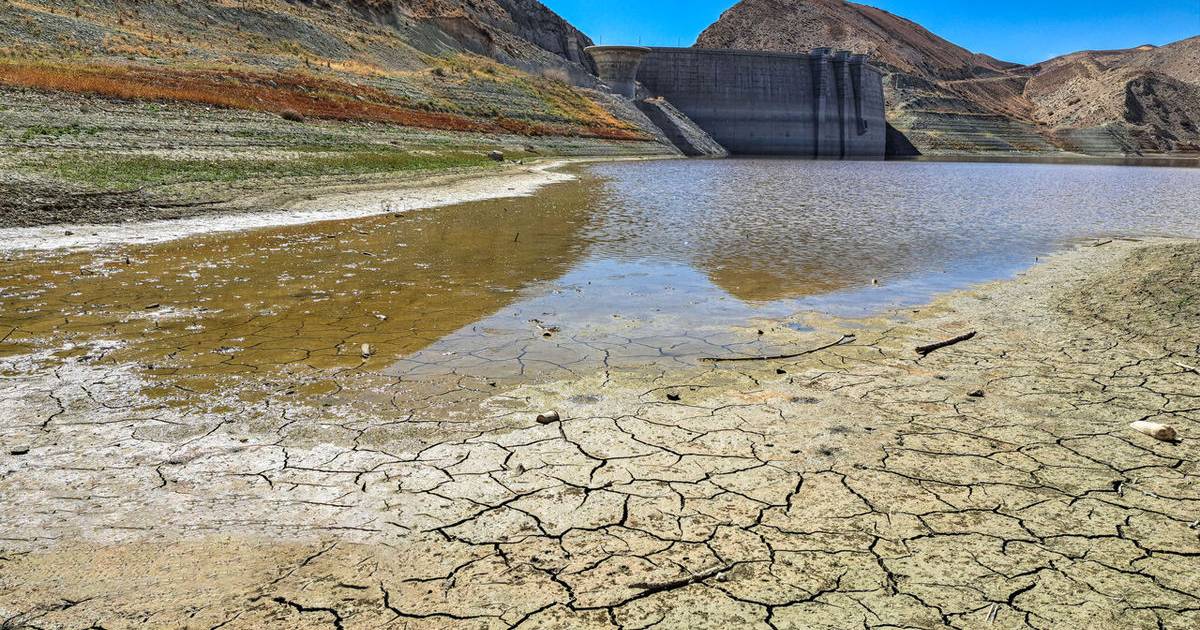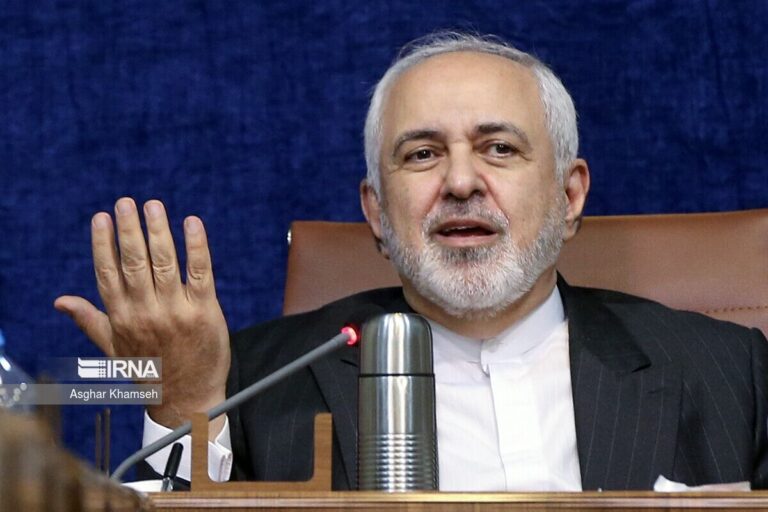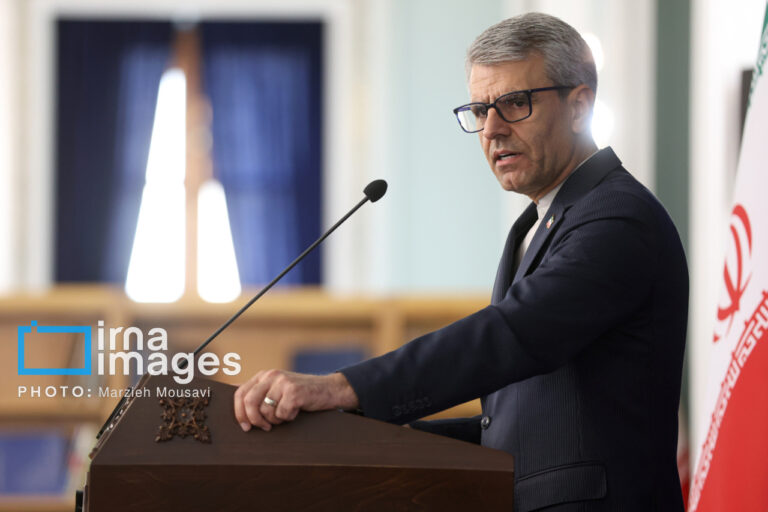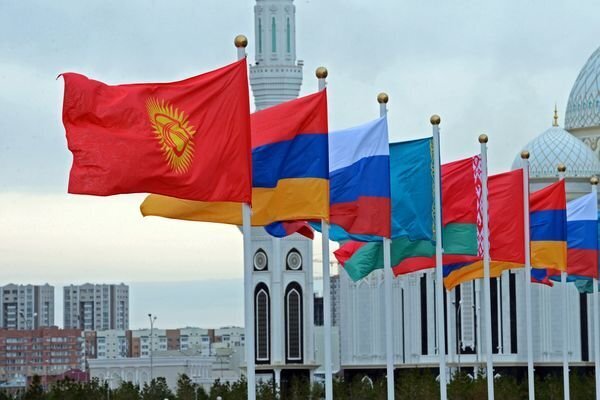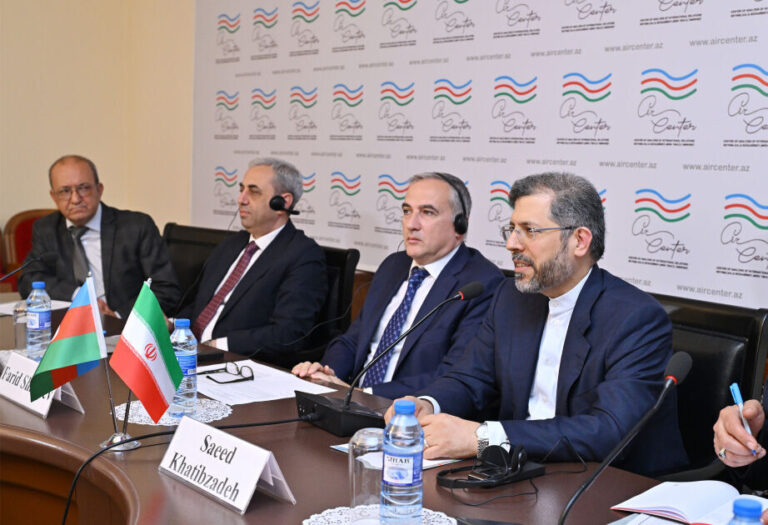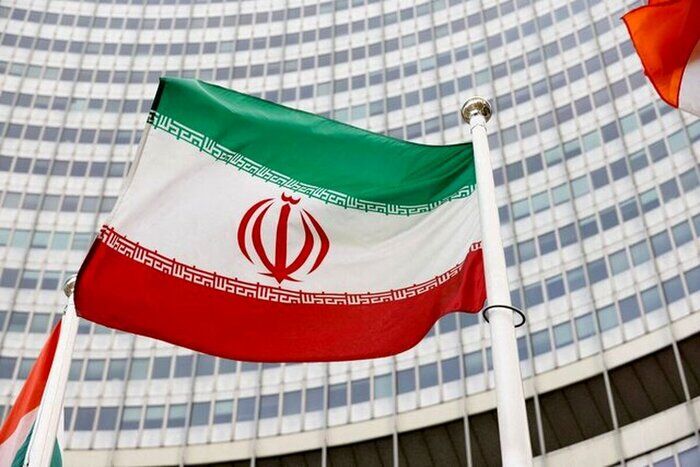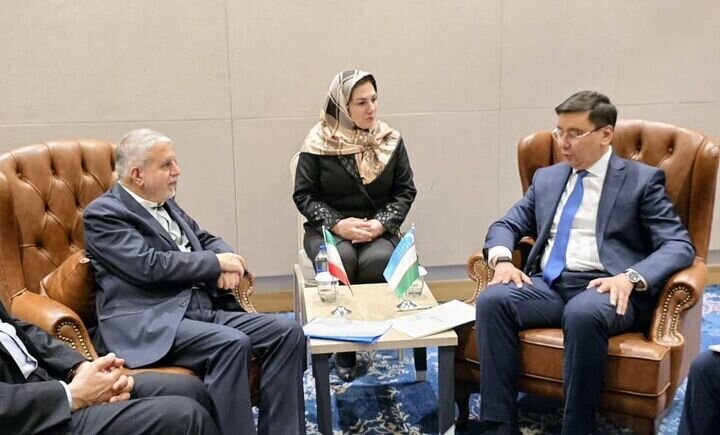Iran’s Power Crisis: Dams Drying Up Threaten Summer Electricity Grid Collapse
Iran is facing a severe water crisis that has alarmed officials and threatened the stability of essential services. The situation has already impacted nearly 44 major dams, jeopardizing electricity production and forcing the capital, Tehran, into rolling blackouts. With the current hydrological year starting in September, water inflow to the dam reservoirs has dramatically decreased, raising concerns about the sustainability of water resources in the country.
Somayeh Rafiei, the head of the environment faction in Iran’s Parliament, sounded the alarm on Tuesday, stating, “The water situation in 44 of the country’s dams is critical.” This urgent warning highlights the direct impact on hydroelectric power generation, which is expected to struggle during the upcoming spring and summer months due to these challenges.
Key statistics from Rafiei’s report include:
- Water inflow to dam reservoirs has decreased by 37% compared to the previous year.
- The total volume of water in reservoirs is down 18% from last year and 15% below the five-year average.
- Only 24% of the capacity of five dams in Tehran province is currently filled.
- Upstream snow reserves, critical for replenishment, have declined by 47% to 54% year-on-year.
Rafiei also expressed concern for the Urmia Lake basin, where dam fill levels have dropped by 36% from last year. “We are looking at hard days ahead for Lake Urmia,” she cautioned, emphasizing the dire state of water resources in the region.
The crisis is intensified by several factors, including:
- Climate Change: Increasing temperatures have exacerbated water shortages.
- Agricultural Mismanagement: Inefficient irrigation practices have contributed to the depletion of water resources.
- Lack of Investment: Insufficient funding in water recycling and regional water diplomacy has worsened the situation.
Rafiei painted a grim picture of groundwater depletion, revealing that 30 of Iran’s 31 provinces are experiencing land subsidence due to unchecked groundwater extraction. “This is a systemic failure of regulation,” she stated, pointing out that 66% of the country’s wetlands have dried up, leading to new sources of dust storms.
The hydropower sector is significantly affected, with over 12,500 megawatts of capacity impacted. Rafiei remarked, “As temperatures rise, electricity production becomes increasingly unstable due to the country’s energy imbalance and lack of investment in renewable infrastructure.” She emphasized the urgent need for widespread adherence to consumption guidelines.
To address the crisis, Rafiei urged the Ministry of Energy and provincial governors to implement real-time monitoring across all public institutions and government-affiliated companies. She called for the mandatory installation of smart meters and online tracking systems, stating, “We cannot demand conservation from ordinary citizens while leaving high-consumption government bodies unchecked.”
Tehran has already begun scheduled power outages again this week, according to the Tehran Electricity Distribution Company. This follows unannounced outages in neighboring towns, coinciding with a heatwave that has sharply increased water usage.
Energy Minister Abbas Aliabadi confirmed that annual renewable water resources have dropped by 37%, from 103 billion to 66 billion cubic meters. This marks a drastic decline from the historical high of 130 billion. During a national meeting with water and wastewater officials, Aliabadi remarked, “We are facing a global water crisis. The Middle East is at its epicenter, and Iran’s situation is increasingly concerning.”
He added that rising urban populations in Tehran and other major cities are intensifying pressure on water supplies, highlighting the urgent need for investments in water recycling and desalination technologies. “In many cities, treated drinking water is still used for irrigating green spaces. That is no longer acceptable,” he stated.
Aliabadi cited a significant 7°C increase in Iran’s average temperature over the past two years, which has exacerbated water consumption, particularly through evaporative coolers. He noted that many of Iran’s authorized wells have dried up, including those at depths of up to 150 meters.
Deputy Energy Minister Mohammad Javanbakht echoed these warnings, stating, “After years of consecutive droughts, this will be one of the toughest years for Iran’s water sector.” He pointed to over 40% drought conditions nationwide, declining reservoir levels, and the drying of key water bodies. “The drinking water situation in cities like Tehran is already difficult, and agricultural restrictions may spark social tensions,” he warned.
While acknowledging previous attempts at groundwater rebalancing and drought adaptation, Javanbakht admitted that these measures had limited impact. He highlighted the economic strain on the water sector, mentioning nearly 5,670 water projects across the country, and the challenges of securing funding in the current economic climate.
The Tehran Water and Wastewater Company has reported troubling trends, indicating that the capital is experiencing one of its driest years in decades, with annual rainfall now below 140 millimeters. Despite this, water consumption surged past 3.1 million cubic meters per day in early May, largely due to the use of swamp coolers, which consume up to 30 liters of water per hour per unit.
Officials have appealed to citizens to reduce their cooling system usage and improve efficiency, including installing shades and conducting regular maintenance. Water authorities have warned that punitive measures may follow what they consider overuse, cautioning that persistent heavy users could face service cuts of up to 12 hours.
As Iran braces for a long, hot summer, officials agree that behavioral change is essential. “Without a significant shift in how we consume and manage water, this crisis will only deepen,” Minister Aliabadi warned, emphasizing the urgent need for collective action to address this growing challenge.
